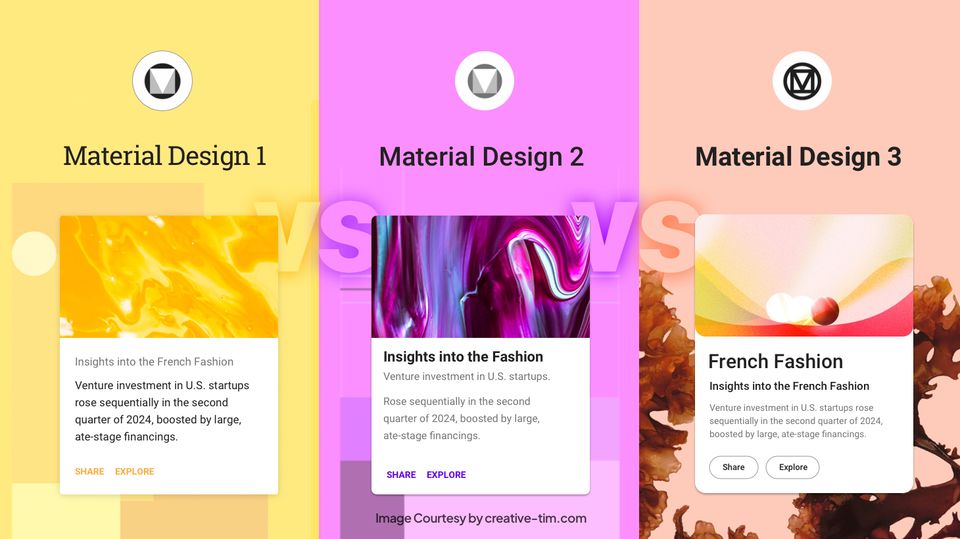Source: https://tractionnext.com/how-to-maximise-email-with-dynamic-content/
Dynamic content has been proven to increase time spent on websites because of the improved user experience it entails. And coupled with personalized usability of pages, proper implementation will inevitably lead to increased conversions as well. This has made dynamic content a UX trend that appears here to stay.
Below is a discussion of what dynamic content is, its benefits, and how to make it work for your business.
What is the dynamic content?
In its most basic sense, dynamic content refers to web content that changes depending on things like user behavior, preferences, and location, among others. It is generated the moment a user requests a page and is personalized based on the data you have about specific users.
This is most commonly seen with web stores’ product recommendations. These personalized recommendations have been found to be twice as effective as non-personalized ones. And customers who click on these recommendations have a 70% higher purchase rate.
Source: https://www.barilliance.com
Benefits of dynamic content
While the bottom line will always be increasing conversion, the main goal of dynamic content is to deliver an engaging and satisfying user experience. Here are some of its other benefits:
- Increased relevance – It doesn’t take long for users to judge your webpage, so when they’re able to immediately see relevant information and offers, it decreases bounce rates while also increasing conversions.
- Personalized experience – The personalized experiences brought about by relevant content go a long way in building trust with customers, which ultimately maximizes revenue.
- Increased engagement – Dynamic content also allows users to get what they need from your site easier and faster, making them stay longer on the website. And because it helps hold conversations with customers, it can help retain customers, sell more products, and provide better offerings.
Types of dynamic content
Basically, anything you can tailor based on user data can be dynamic content. These include:
- Landing pages – Ideally, a dynamic landing page exactly matches the user profile and/or type of query. We’ve already mentioned how this commonly comes in the form of product pages. But it could also be personalized based on a user’s geolocation to provide location-apt recommendations.
- Articles – The simplest way to make articles dynamic is to base how it’s seen on what device is being used. For example, users accessing the content with a smartphone would be directed to a mobile-optimized page, while a desktop user would see the content differently. Additionally, if a user has previously read articles, personalized recommendations could be made.
- Emails – As you might imagine, dynamic content isn’t limited to webpages. Emails are also great for dynamic content as it is aided by the amount of data provided by email subscribers.
How to make dynamic content work for your business
Make sure you understand your customers
This is the obvious first step when looking to provide engaging, personalized UX. There are a number of ways to gather relevant information, these include:
-
- Website analytics
- CRM
- Social media interactions
- Feedback surveys
A study found that an average of 47% of people are willing to provide personal information if it leads to improved UX. The Multi-Channel Funnels and Top Conversion Paths report in Google Analytics are great at helping identify touchpoints and specific assets that have most to gain from personalization.
Additionally, if you’re an e-commerce company, you can use platforms like BigCommerce to directly integrate with Facebook Dynamic Ads, which allow sellers to automate the personalization of retargeted ad creatives based on store browsing history.
Source: https://www.semrush.com
Tap personalized, data-driven recommendations
A few years back, Netflix estimated its recommender system to be worth $1 billion a year. And if you’ve ever used the service, you can just imagine how many hours have been spent on the platform because of those recommendations.
And while recommendation engines are most popular with entertainment and e-commerce platforms, there other industries that can benefit greatly from them. As pointed out by Neil Patel, as a general rule, if your website features a lot of anything (dating or travel sites, for example), your business will likely benefit from implementing a recommender system.
The most popular recommendation method is called collaborative filtering, which gathers preference information on many users – as is used in “Others who viewed this also viewed…” These provide recommendations not only relevant to a particular user, but to other users who’ve shown interest in similar things.
User dynamic calls-to-action
The impact of personalized content on conversion rates cannot be overstated, and it’s no different when it comes to dynamic CTAs. One study has found that personalized CTAs convert 202% better than static ones. And it goes beyond having an excellent graphic design.
There are different types of data you can base your CTA personalization on.
Source: https://inkbotdesign.com
The Duda platform, for example, helps you build dynamic CTAs based on what time the user visited the site, their location, and pages visited. So if a user visits around lunchtime, a website could display the lunch menu as a CTA.
Just as dynamic content engages users, dynamic CTAs can entice visitors to act the way you want them to, ushering them through the sales cycle at every step of the way.
Cut out unnecessary steps
Streamlining the process, whatever it may be, bodes well for improving UX. So for example, if a visitor has already downloaded a lead generation offer, purchased an item, or fill up a form, use smart rules to remove those from their view.
Source: https://blog.hubspot.com
Similarly, instead of making visitors fill up a form they’ve already accomplished, dynamic content can help your site recognize the visitor as a customer and provide them with a different CTA.
Source: https://blog.hubspot.com
Providing a hassle-free user experience is always the goal. Dynamic content helps you cut out the unnecessary to provide such.
Dynamic content examples
Search box recommendations
Speaking of streamlining processes, recommending items and/or categories directly from the search box lets users skip irrelevant pages and jump right into what interests them. But if you’ve got a massive inventory like Alibaba, you can help users complete or narrow down searches instead.
Source: https://neilpatel.com
Having solid e-commerce photography might convince customers already interested in a product, but intuitive recommendations like the one above can help them discover products they may not have been even aware of.
Intelligent popups
As noted by Patel, the basic premise of intelligent popup solutions is to provide an appropriate reaction at the right time, based on user signals, to increase chances of conversion. These are commonly based on signals like exit intent, and time spent on page.
Source: https://neilpatel.com
For example, a perfectly timed discount offer like the one above can salvage conversions that would’ve otherwise been lost. This also works with things like cart abandonment reminders, and subscription forms.
Dynamic banners
Optimizing user journeys means going beyond just your website. And this is where dynamic banner ads come in. These are used to preserve the consistency of experience after visitors leave a website.
Source: https://neilpatel.com
As you can see above, Levi’s uses a dynamic Facebook retargeting banner ad to display items relevant to a user based on past interactions on its website. These types of dynamic ads are much better than static ads that have nothing to do with users’ past experiences and remain a top social media trend for 2019.
Takeaway
As you can see, the personalization brought about by dynamic content not only provides relevancy and consistency of experience, it also streamlines processes, which leads to better UX. And with plenty of options on how to implement dynamic content, there’s no reason not to get started and including it in your business plans.
Which part of your website could you use dynamic content the most? Sound of in the comments below.












![15+ Top Black Friday & Cyber Monday Deals for Developers and Designers [2023]](/blog/content/images/size/w960/2021/11/black-friday-deals-developers-1.jpg)
